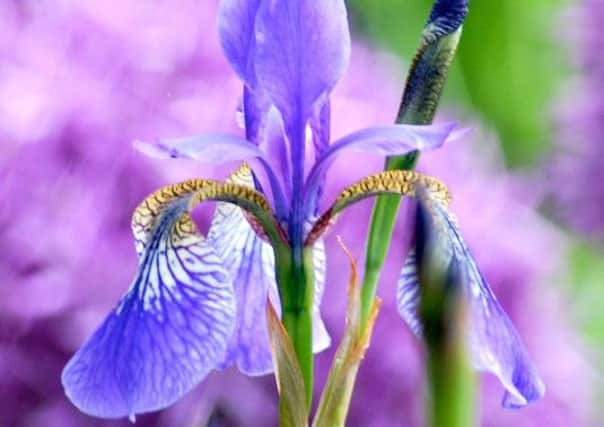A river at the end of the garden


It was not so much the house as the garden that drew me to what has become my new home. I have always wanted to live by a river and now I have a garden that ends where the River Brede either rushes past in torrents or lies mysteriously still and dark, depending on what the tide is doing beyond the lock at Rye.
As is best with newly acquired gardens, I am simply stopping and studying for a while before plunging in. At the moment, most plants are dormant and so I must wait to discover exactly what I have inherited.
Advertisement
Hide AdAdvertisement
Hide AdI moved in during the night of the January tidal surge, which was closely followed by two weeks of intermittent gales and flood tides. I quickly learnt that half the length of my garden could be submerged when these elements collide; the image of tulips or daffs waving in a gentle breeze at the river’s edge was firmly dispelled. It appears I have a garden in two halves, an upper part, which is actually quite dry and sunny, and a boggy lower half, which at the moment has a lawn combed into elegant waves by the comings and goings of the river.
There are plenty of plants that will thrive in boggy conditions such as mine, including one of my favourites, Cornus. Cornus, however, can grow quite tall and so it will go along the fence-line to the left and right of the garden to frame rather than obscure the wonderful river views. I’ll plant C. Midwinter Fire and C. alba ‘Sibirica’ in fairly dense clumps because only then will I really achieve that blazing, fiery effect come winter.
And, while I said there can be no tulips or daffs by the river in my garden (the bulbs are inclined to rot in wet soil) I will take my inspiration from the beautiful meadow at Great Dixter and, at the point where the tide turns and where the soil is damp yet free-draining, I will instead plant bulbs of the delightful Snake-head Fritillary (Fritillaria meleagris) and Camassia quamash. Iris, too. Although not strictly bulbs, but rhizomes, Iris sibirica with their intense blue flowers and the Japanese Iris, Iris ensata thrive in moist conditions and will combine to give a dramatic effect closer to the water’s edge.
In the upper part of the garden, on a site where a shed or possibly a greenhouse once stood, the ground is sunken and paved. Here, I plan to add Mediterranean plant varieties so that they spill over the edge to where a table and chairs will sit. Helianthemum, lavender and Cistus are already on the list.
Advertisement
Hide AdAdvertisement
Hide AdAll this is in the future. For the time being I am watching and marking down ideas in my notepad, although, in between torrential downpours, I have been in the garden marking out new beds and cutting them with the half-moon. And, I couldn’t resist putting in a fairly mature wisteria at the front of the house so as to get it established early in the hope that its wonderful, violet flowers will make an appearance this Spring.